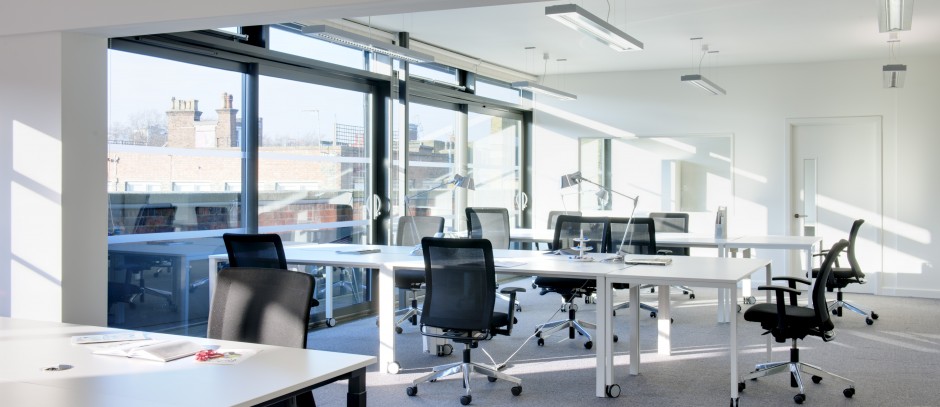
If you have leg pain you think is coming from your back, we normally recommend you see a chiropractor first to assess your problem. At Broadgate we have a team approach to treatment, so that if you need to be, you can be referred to another practitioner to help your recovery. Typically a combination of chiropractic treatment alongside physiotherapy exercises resolves these type of problem effectively. Treatments such as manipulation, mobilisation and exercises as well as posture and lifestyle advice can all be important in relieving your symptoms and helping prevent reoccurrences. All the options will be discussed, so together we can choose what’s right for you.
Leg pain coming from the back is often caused by pressure on nerve from an injured disc (sometime called a slipped disc, prolapsed disc and herniated disc). The lowest discs in the spine are the most vulnerable as they carry the most weight and there is a narrowing of one of the important spinal ligaments here. Also the transition between the highly mobile lumbar spine and the immobile pelvis increases the mechanical stress at this level.
When nerves that exit the spine, such as the parts of the sciatic nerve, become trapped the first thing you feel is pain, as the nerve itself becomes inflamed. If the compression on the nerve continues then you can also get tingling, pins and needles and sometimes numbness and weakened muscles in the leg. If the compression is not suitable for treatment your practitioner will refer you to an appropriate specialist for further assessment.
Spinal discs are made up of fibrous outer rings and an inner soft gel-like ‘cushion’ and sit between each of your spinal bones (vertebrae), helping movement and acting as shock absorbers. Discs don’t slip, the term ‘slipped disc’ often refers to disc injuries such as a bulge, tear or prolapse. These sometimes cause pressure on the nerves that exit your spine causing pain in your back, or ‘radiating’ pain spreading out where the nerves pass. Leg pain can be caused by nerve irritation or pressure in the lower spine. Just because you have these symptoms, however, it may not be a ‘slipped disc; other problems can have similar pain patterns.
The evidence and guidelines for medical practitioners state that spinal manipulation and exercises can help back pain, especially if carried out within the first six weeks. The longer you have been in pain, the longer it may take to improve with treatment. We will advise you of your likely recovery time, and how to minimise the chances of the problem happening again. Early treatment and exercises are important, but treatment and exercises are also effective at treating long-standing or chronic pain.
Most back problems are diagnosed using a careful back examination and other tests such as muscle and nerve checks and imaging such as an MRI scan is not required. Occasionally it’s necessary to order X-rays or an MRI scan; this something your practitioner at Broadgate will discuss with you at your consultation.